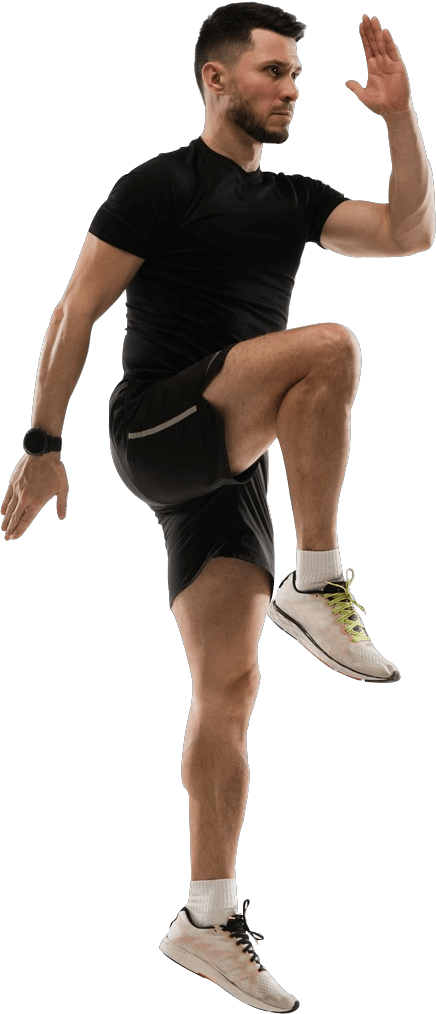Are you ready to dive into the world of weightlifting, but find yourself puzzled by the question: What barbell length do I need? Well, fear not, as we’ve got you covered!
We will give a detailed overview of everything you need to know about the barbell length.
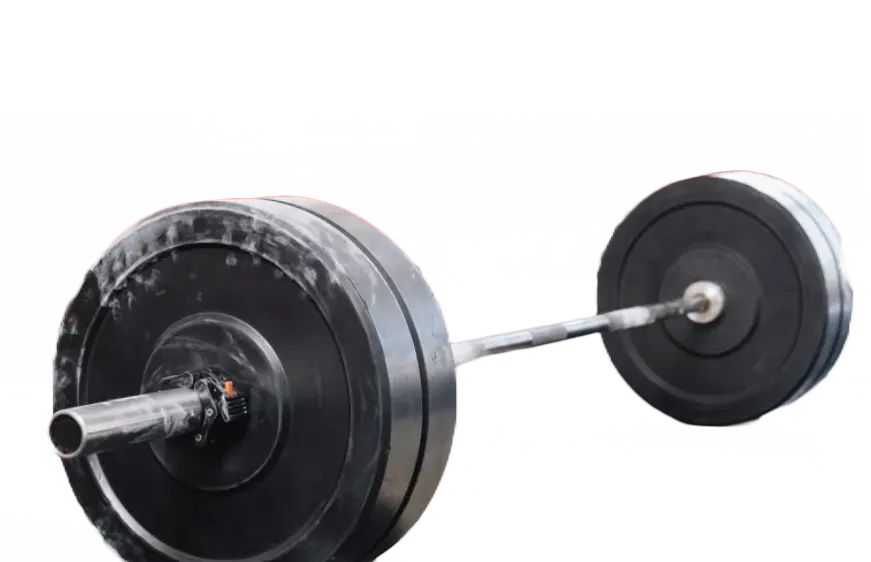
What are the different barbell lengths?
Let’s start with the widely recognized Olympic barbell, which adheres to the standards set by the International Weightlifting Federation (IWF).
These barbells are approximately 7 feet long and weigh 45 pounds (20 kilograms) for men, while women’s Olympic barbells are around 6.6 feet long and weigh 33 pounds (15 kilograms).
These are the most common barbells found in everyday gyms now too. However,5 ft and 6 ft barbells are also used in gyms.
What are the different barbell types?
Standard Barbells:
Standard barbells are commonly found in home gyms and fitness centres. They typically have a shorter length and a smaller diameter than Olympic barbells.
The standard barbell’s diameter is generally 1 inch (25mm), making it compatible with standard weight plates. These barbells often come with a knurled grip area to enhance grip security during lifts.
Standard barbell length usually is 6 ft to 7ft and has a weight capacity ranging from 200 to 300 pounds, although this may vary depending on the specific model.
The weight plates used with standard barbells typically have a 1-inch hole diameter.
Standard weight plates come in various sizes and are suitable for beginners or individuals focusing on lighter loads
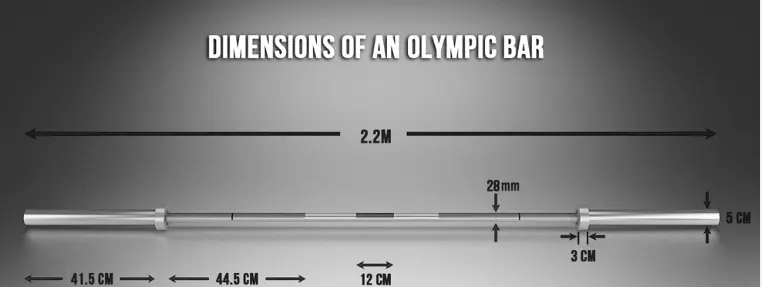
Olympic Barbells:
Olympic barbells are the standard for competitive weightlifting and are designed to meet the specifications set by the International Weightlifting Federation (IWF).
They are longer and sturdier than standard barbells. Olympic barbells have a standardized length of approximately 7 feet (2.2 meters) for men and 6.6ft for women.
The diameter of Olympic barbells is typically 2 inches (50mm), which provides added durability and stability.
Olympic barbells are designed to handle heavier loads and intense training. They often have a higher weight capacity, with most models supporting weights well over 500 pounds (227 kilograms) and some even exceeding 1,000 pounds (454 kilograms).
You need specific weight plates for standard or Olympic barbells.
However, it is worth noting that nowadays gyms prefer Olympic barbells even for normal training.
So that should be a concern in your mind when finding a gym.
Which barbell is best for you?
When it comes to barbell length, the 7ft barbell stands out as the ultimate choice, offering unparalleled versatility for individuals of any height and strength level. You can see the best 7ft barbells for yourself.
Whether you’re a beginner or a seasoned lifter, the 7ft barbell is a reliable companion that can accommodate a wide range of exercises and training routines.
One of the key advantages of the 7ft barbell is its adaptability to different body types and heights.
Regardless of whether you’re tall, short, or somewhere in between, the 7ft length ensures that you have ample space to comfortably grip the bar and perform various exercises with proper form.
The extra length provides flexibility for individuals with longer limbs and allows for wider hand placements during exercises such as squats, bench presses, and deadlifts.
Moreover, the 7ft barbell caters to all strength levels. Whether you’re just starting your fitness journey or have been lifting for years, this barbell can handle the load.
With a weight capacity often exceeding 500 pounds, it can support heavy lifting sessions and progressive overload as your strength increases.
The sturdy construction of the 7ft barbell ensures durability and stability, even under substantial weight.
Additionally, the 7ft barbell is compatible with various workout equipment, including power racks, squat racks, Olympic benches, and Olympic platforms.
This compatibility opens up a world of training possibilities, allowing you to perform compound lifts, Olympic weightlifting movements, and a wide range of exercises with confidence and efficiency.
A quick look at the Olympic barbells
| Overall barbell length | Diameter | Inside Shaft Length | Sleeve Length | Weight Capacity | Weight Plates Compatibility | Equipment Compatibility | |
| 7ft | Approximately 7 feet (2.1 meters) | 2 inches (50mm) | ~51.5 inches (~131 cm) | ~15.25 inches (~39 cm) | 500+ pounds (227+ kilograms) | Olympic weight plates (2-inch hole diameter) | Power racks, squat racks, Olympic benches, Olympic platforms |
| 6-6.6ft | Approximately 6-6.6 feet (1.8-2 meters) | 2 inches (50mm) | ~47.5-52.5 inches (~121-133 cm) | ~13.25-14.75 inches (~34-38 cm) | 500+ pounds (227+ kilograms) | Olympic weight plates (2-inch hole diameter) | Power racks, squat racks, Olympic benches, Olympic platforms |
| 5ft | Approximately 5 feet (1.5 meters) | 2 inches (50mm) | ~39.5 inches (~100 cm) | ~10.75 inches (~27 cm) | 500+ pounds (227+ kilograms) | Olympic weight plates (2-inch hole diameter) | Power racks, squat racks, Olympic benches, Olympic platforms |
Optimal Barbell Length for Deadlifts
The optimal barbell length for deadlifting is typically the same as a standard Olympic barbell, which is approximately 7 feet (2.1 meters) long.
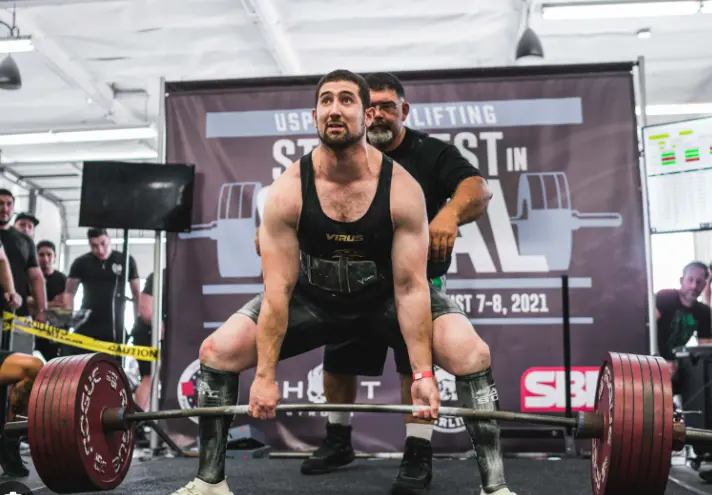
This length allows for a wide grip, accommodating various body sizes and allowing proper execution of the deadlift movement.
The extra length of a 7-foot barbell ensures that you have enough space to grip the bar with both hands comfortably.
It also provides room for adding more weight plates than a 6ft barbell, which is important for progressive overload and increasing the challenge of the deadlift exercise.
While a 7-foot barbell is the standard for deadlifting, some variations exist. For example, a trap bar (hex bar) is a specialized barbell designed specifically for deadlifts.
It has a hexagonal shape with two sets of handles, allowing for a more centred grip and reducing stress on the lower back.
It’s important to know the lengths but it’s also very important to maintain your barbell, head over to our comprehensive guide:How to clean your barbell
Optimal barbell length for power racks/squat racks
The optimal barbell length for a squat rack or power rack is 7 feet (2.1 meters) long.
This length ensures that the barbell fits securely within the rack and provides sufficient space for loading weight plates and performing various exercises.
A 7-foot barbell is the standard length used in most commercial gyms and fitness facilities, making it compatible with most squat racks and power racks.
It’s worth noting that some squat racks or power racks may have adjustable J-hooks or safety spotter arms that can be positioned to accommodate shorter(6ft) barbells.
This flexibility allows for customization based on individual preferences or specific exercise requirements.
Optimal barbell length for shoulder and triceps exercises
Triceps
For exercises like skull crushers, I prefer a 48-inch curl bar and for seated barbell overhead triceps extension I would prefer a 5 ft barbell.
Shoulders
For exercises like the standing straight bar overhead press, a 7ft barbell will be optimal.
You also might need to know about the Best dumbbells for the much needed variation in your workout.
Optimal barbell length for bench press
The optimal barbell length for bench pressing is typically the same as a standard Olympic barbell, which is approximately 7 feet (2.1 meters) long.
A 7-foot barbell provides ample space for gripping the bar with both hands and allows for proper hand placement during bench press exercises.
The length of a 7-foot barbell allows for a wide grip, accommodating different body sizes and providing stability during the bench press movement.
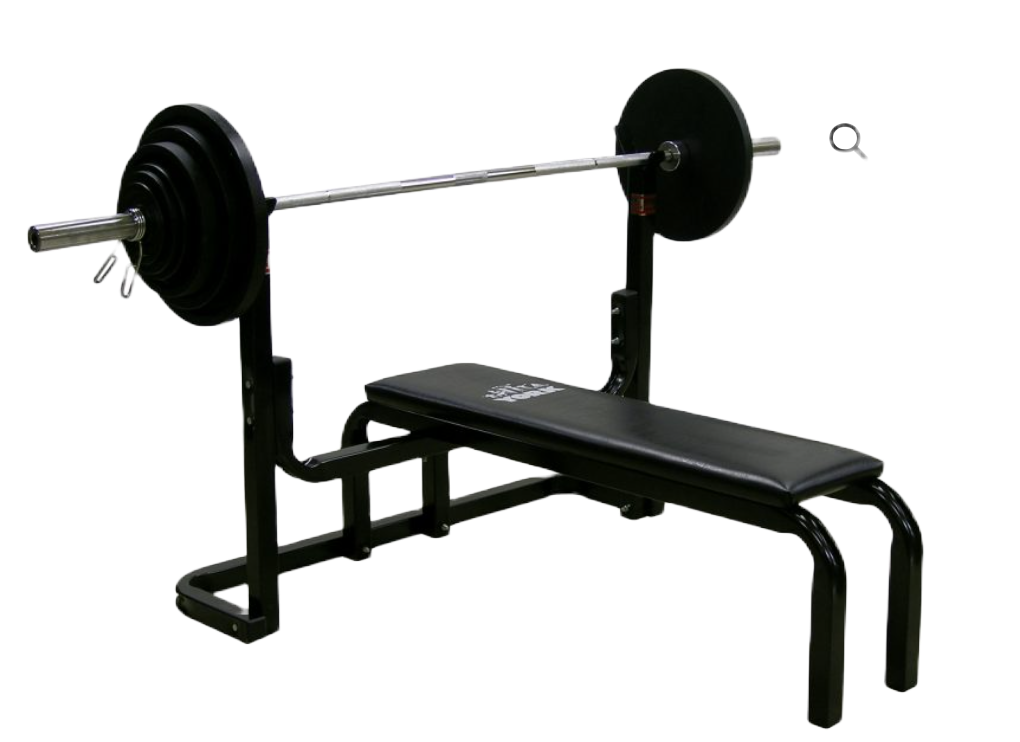
It ensures that you have enough room to position your hands at a comfortable distance and maintain proper form throughout the exercise.
It’s worth noting that some specialized benches or training setups may require shorter barbells.
For example, certain adjustable benches or bench press machines might have shorter racks that require a shorter barbell.
In such cases, you should measure from the outside of both posts of the rack. Mostly, barbell lengths ranging from 6 to 6.6 feet (1.8 to 2 meters) could be more suitable.
Always refer to the manufacturer’s guidelines and specifications for both the barbell and the bench equipment you are using to ensure proper compatibility, safety, and optimal performance during bench pressing.
Optimal barbell length for women
For normal women lifters, A 7-foot barbell provides sufficient space to grip the bar comfortably and execute various exercises effectively.
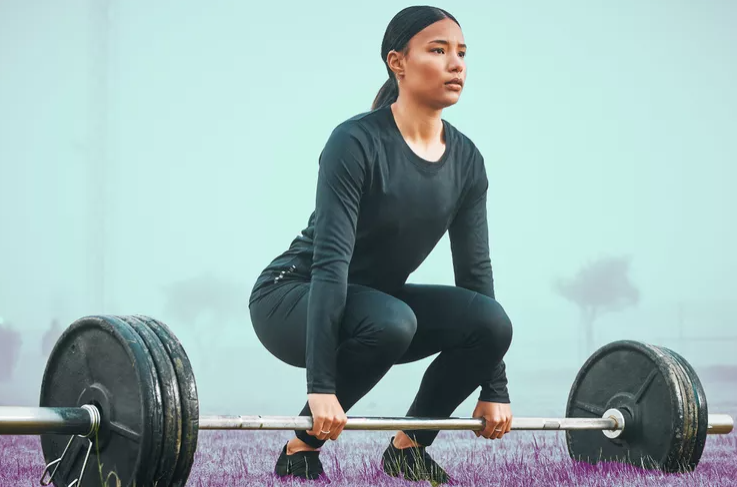
It allows for proper hand placement and grip width during exercises such as squats, deadlifts, bench presses, and overhead presses.
However, women can also go for a shorter bar if the 20 kg weight of a 7ft barbell is too much.
For the Olympics, mostly a 6ft barbell that weighs 15 kg is used for women.
My gym partner Jessica who has been doing weightlifting for about 1.5 years prefers a 6ft barbell with a 3mm thin shaft to the regular 7ft barbell that gives a better grip for her small hands.
health tip:
You should ensure that your gym equipment is clean to avoid any health risks.
6 factors to consider before determining the barbell length you need
Exercises and Training Goals: Consider the exercises you will primarily be performing with the barbell. Different exercises may require different bar lengths.
For example, Olympic weightlifting movements like the snatch and clean and jerk are typically performed with a longer 7-foot barbell, while exercises like bicep curls or triceps extensions can be comfortably executed with a shorter barbell.
Additionally, your training goals, such as powerlifting, bodybuilding, or general strength training, may influence the length of the barbell you choose.
Body Proportions and Comfort: Your height, arm length, and grip width preferences should be taken into consideration.
Taller individuals may require a longer barbell to accommodate their longer limbs and allow for proper grip placement.
Conversely, individuals with shorter stature may find a slightly shorter barbell more comfortable and easier to handle during exercises.
Available Space: Evaluate the space where you will be using the barbell. If you have limited space or a smaller home gym setup, a shorter barbell may be more practical.
It’s important to ensure that the barbell’s length allows for proper clearance within your workout area, allowing you to perform exercises safely and without obstruction.
Weight Capacity and Durability: Consider the weight capacity of the barbell and ensure it aligns with your strength level and long-term goals
Additionally, choose a barbell that is durable and can withstand the demands of your training intensity and frequency.
Equipment Compatibility: Take into account the equipment you will be using alongside the barbell, such as power racks, squat racks, or benches.
Ensure that the length of the barbell is compatible with the equipment and allows for smooth and safe execution of exercises within those setups.
Budget and Cost: Cost is a significant consideration when purchasing a barbell. Barbells come in various price ranges depending on factors such as quality, materials, brand, and additional features
Longer barbells, such as 7-foot Olympic barbells, tend to be more common and widely available, often resulting in a broader price range with more affordable options.
However, specialized or shorter barbells may come at a premium price due to their uniqueness or specific use cases.
Barbell length FAQS
Is a 7-foot barbell too long?
No, a 7-foot barbell is not too long. It is the standard barbell length used for versatility in various exercises and accommodates different body sizes.
Can you deadlift with a 6ft bar?
Yes, you can deadlift with a 6ft bar. However, the shorter barbell length may limit the amount of weight you can lift and may require a narrower grip placement.
Can you bench with a 7ft bar?
Yes, you can bench press with a 7ft bar. It provides sufficient length for proper hand placement and is commonly used for bench-pressing exercises.
Are all bench press bars 20 kg?
No, not all bench press bars are 20 kg. While 20 kg is the standard weight for men’s Olympic barbells, there are also lighter bars available, such as 15 kg women’s Olympic barbells or specialized training bars of varying weights.
How heavy is a 7ft bar?
A 7ft bar typically weighs around 20 kilograms or 45 pounds. However, it’s important to note that the weight can vary slightly depending on the specific barbell model and the materials used in its construction.
Conclusion
Diminish all your body insecurities by hitting the gym today and working hard for your dream body for which a good barbell of the right length will be essential.
Now your barbell length problem is solved.
SO WHAT ARE YOU WAITING FOR?!
About me

Hi, I am Abdullah a guy whose passion for fitness led to his bachelor’s degree in exercise science, for me what started as a personal fascination soon transformed into a professional career. Over the last six years, I have had the privilege of guiding and supporting numerous individuals on their own fitness journeys. Whether they were beginners taking their first steps into the gym or seasoned athletes aiming to break their personal records, I have been there every step of the way, providing personalized training programs tailored to their unique needs and goals.

